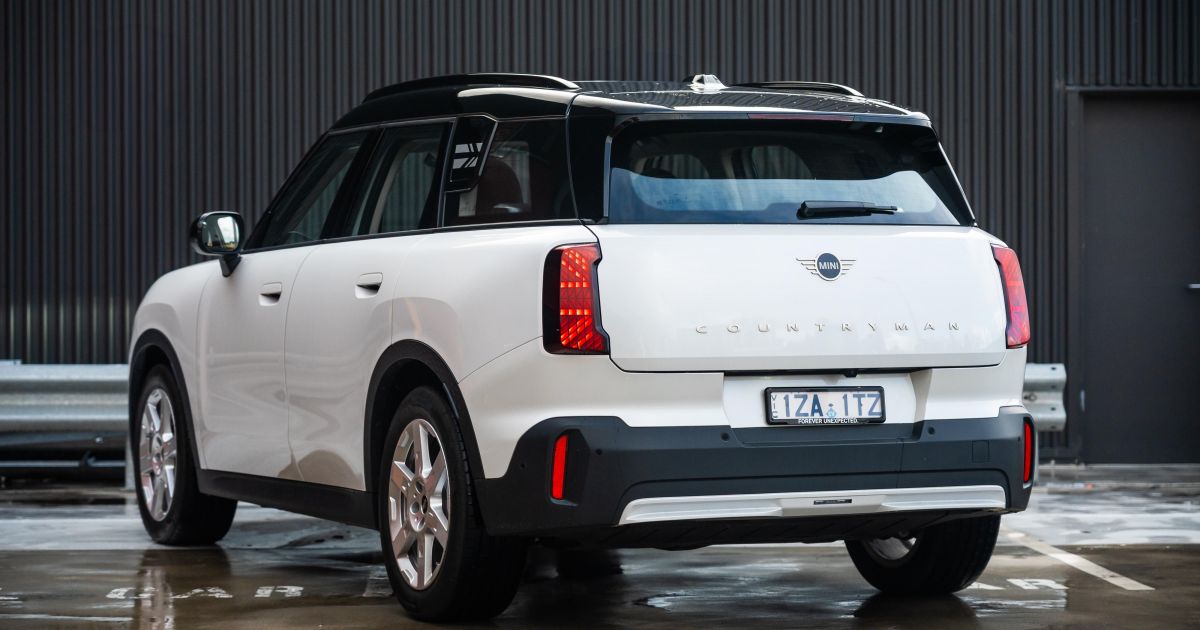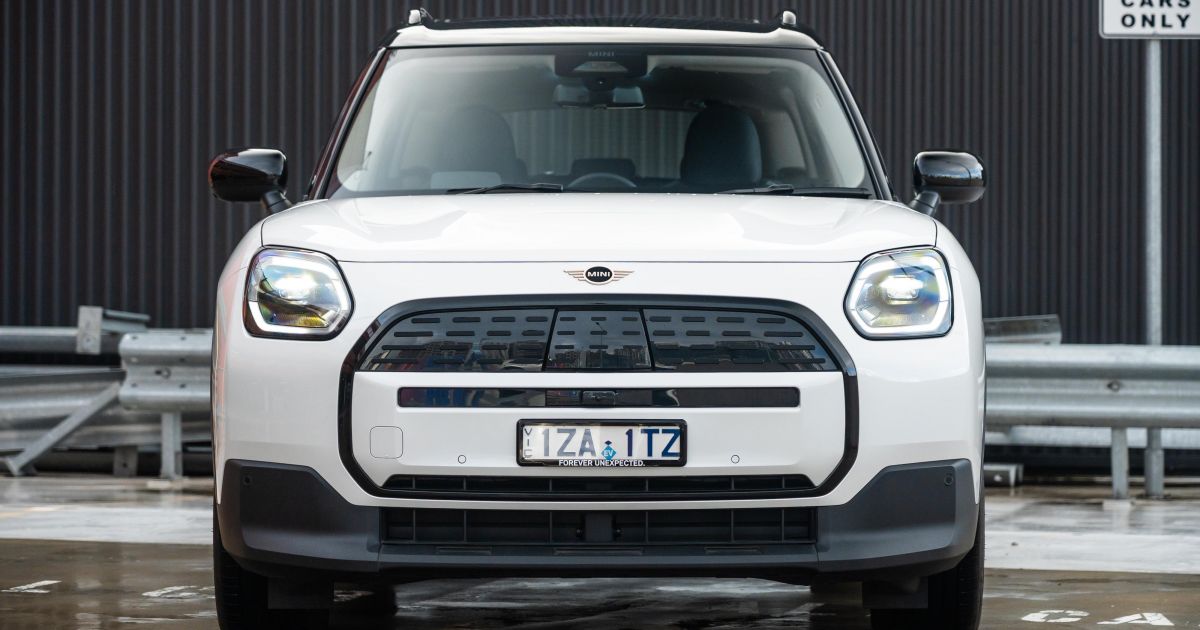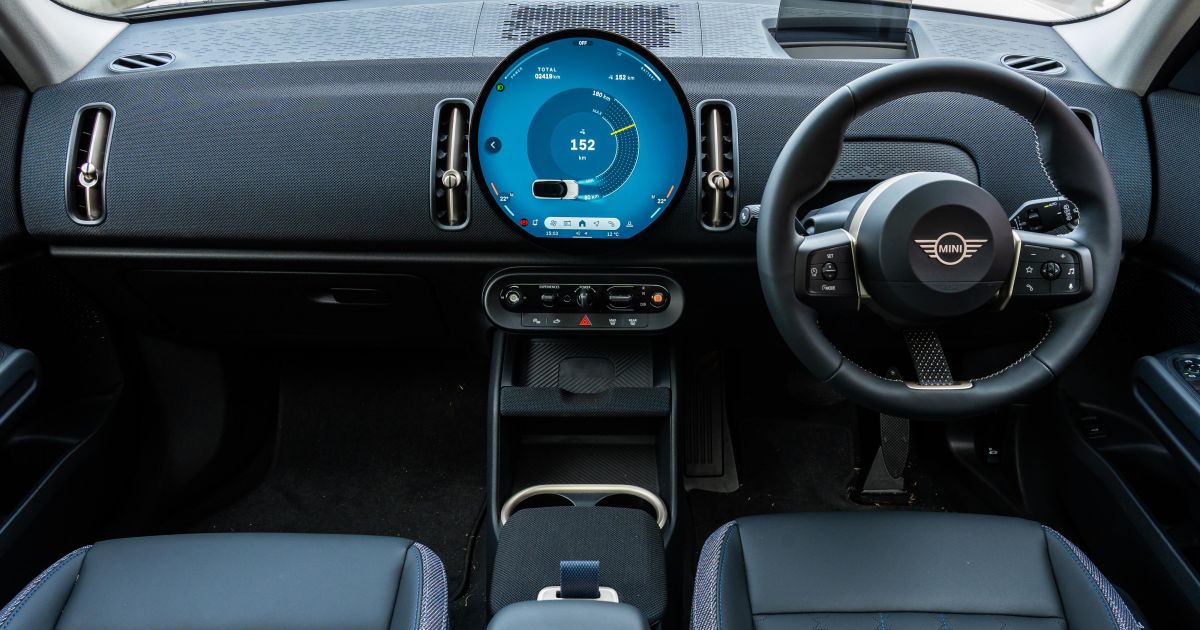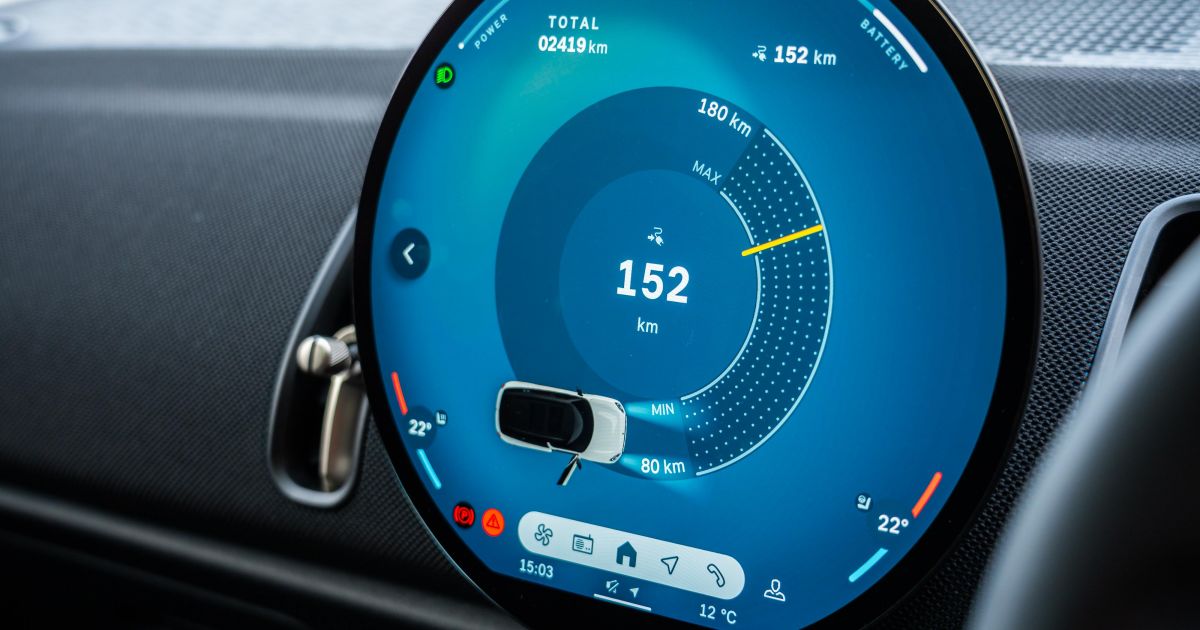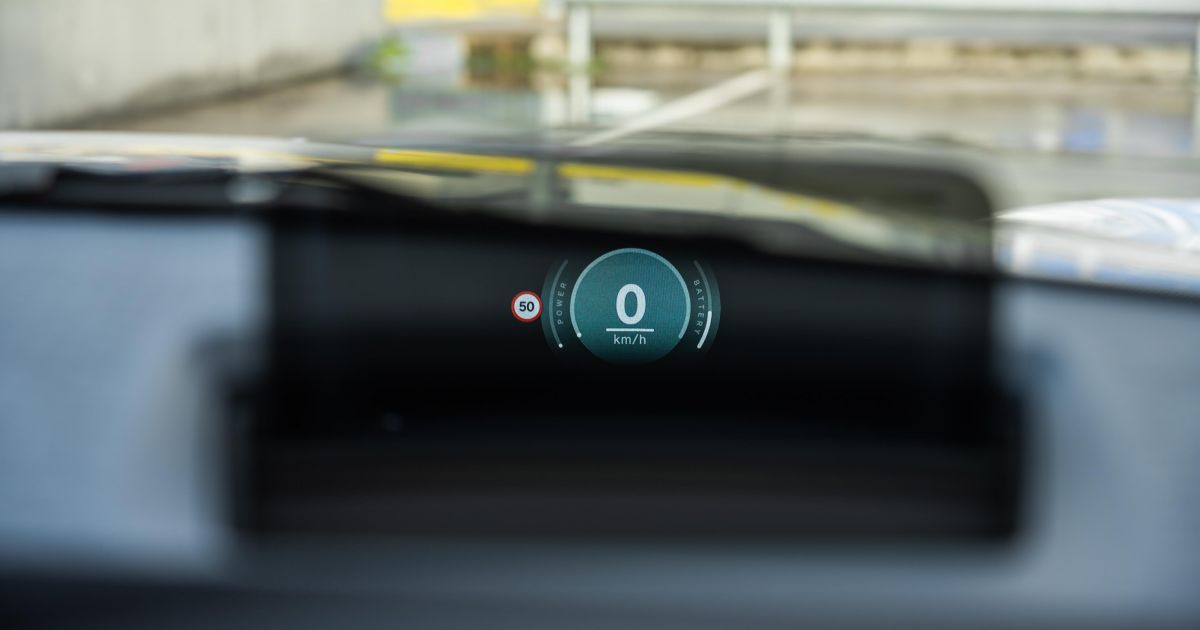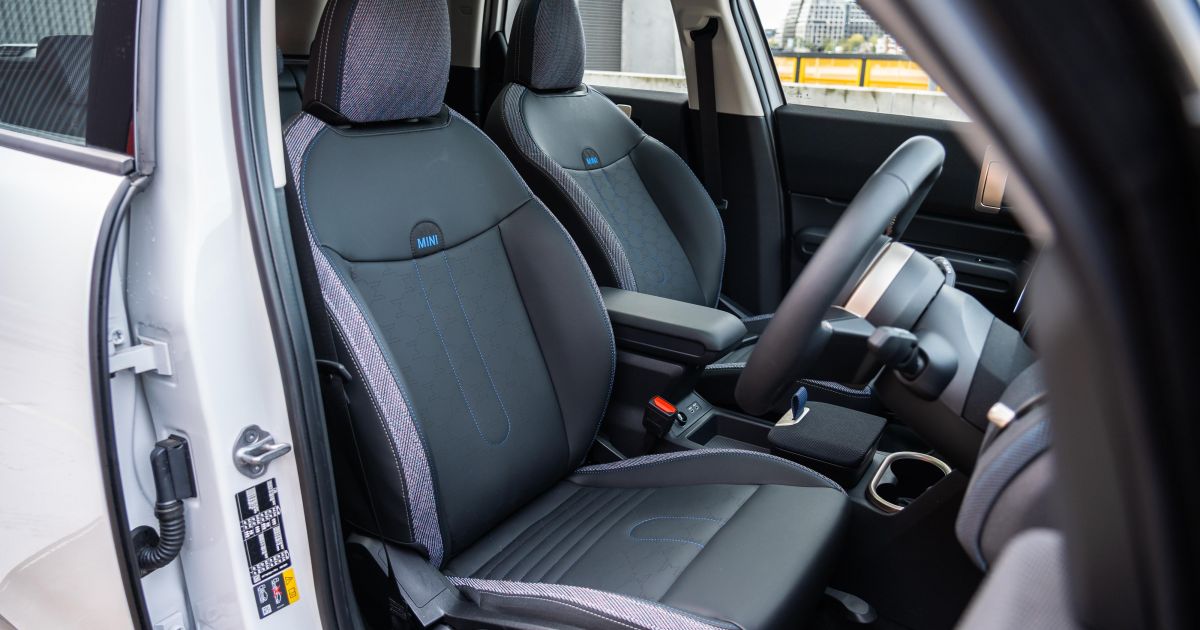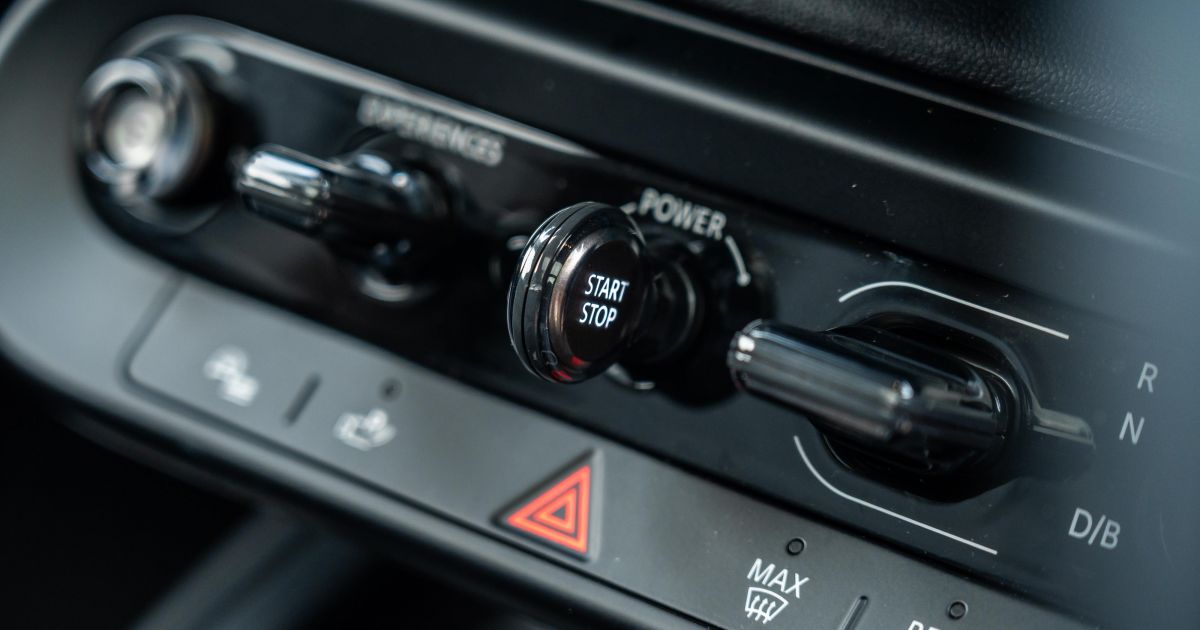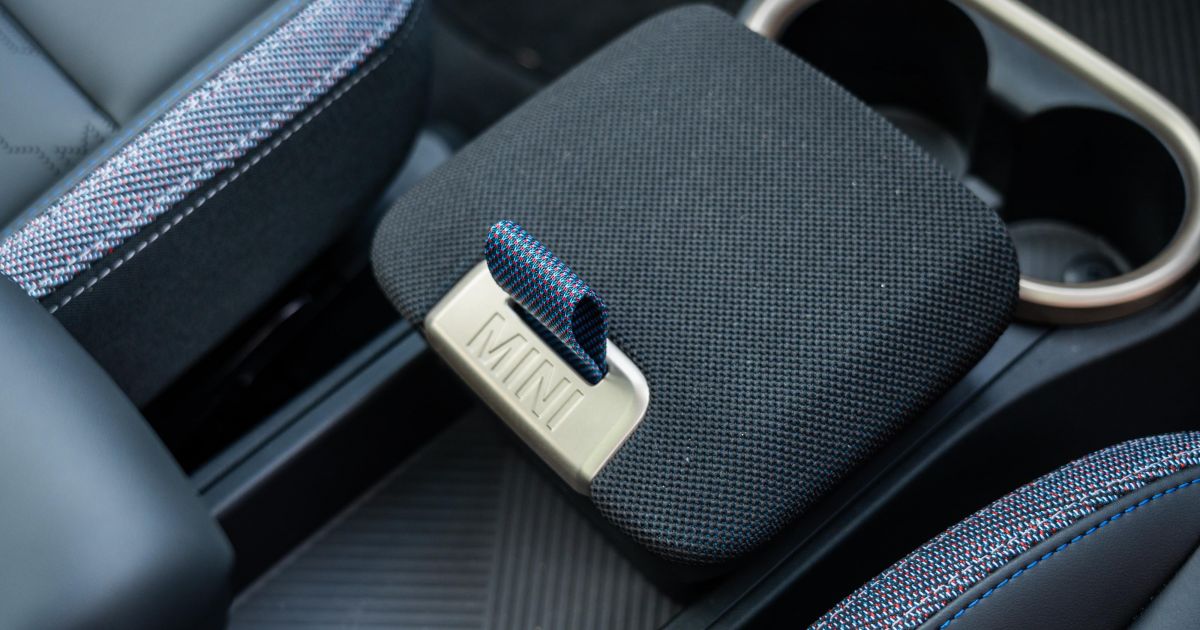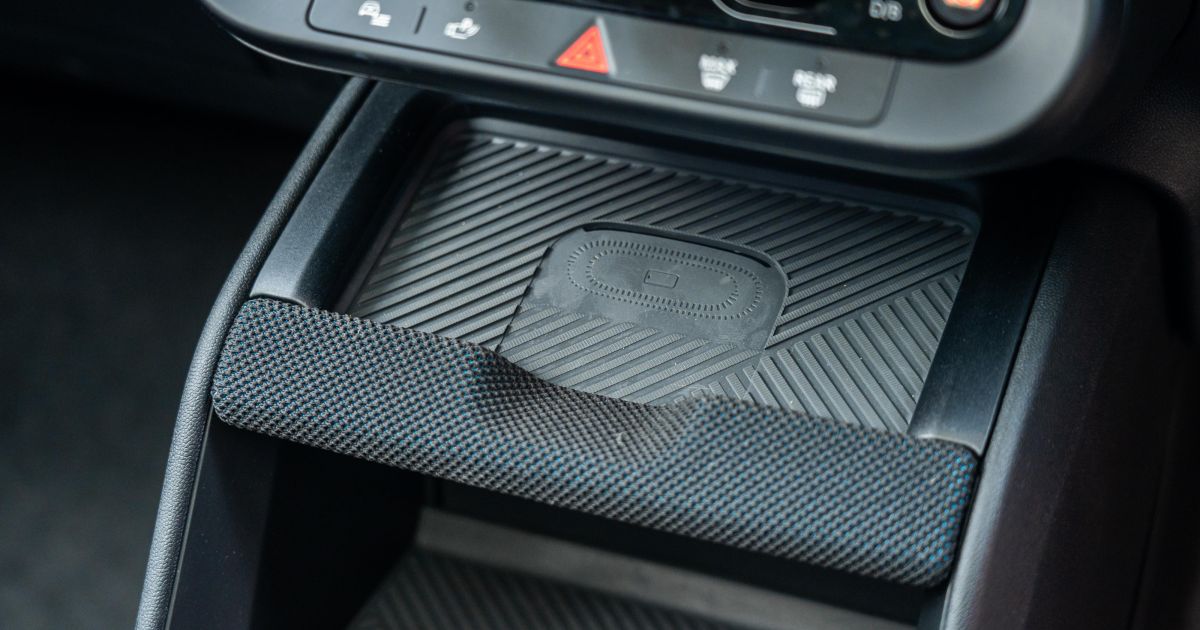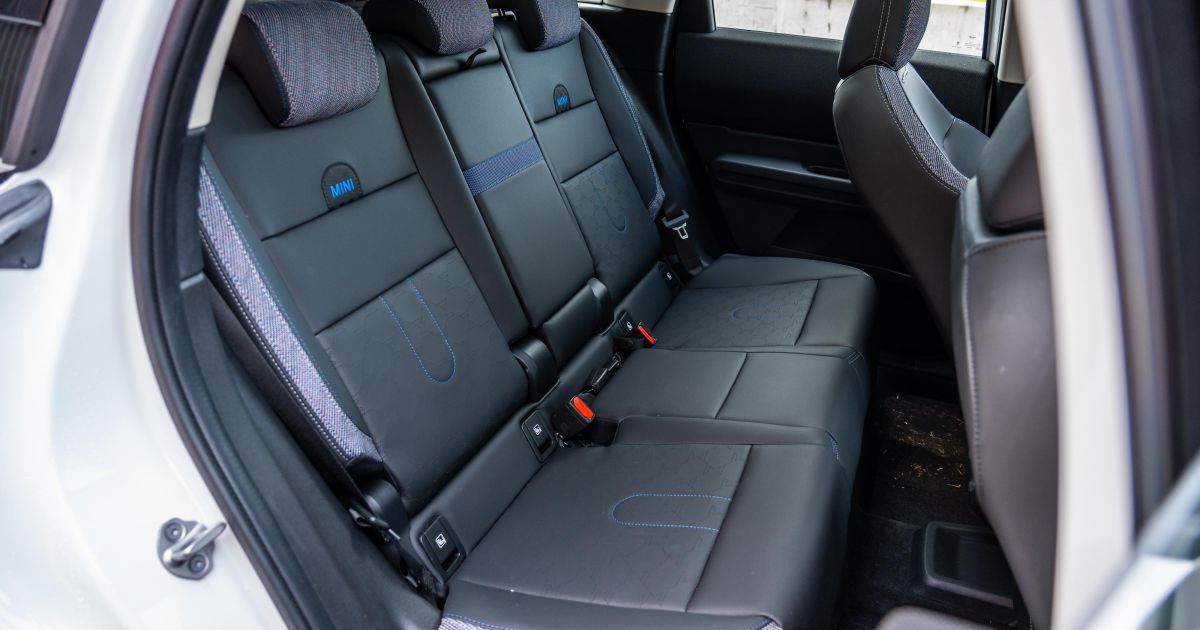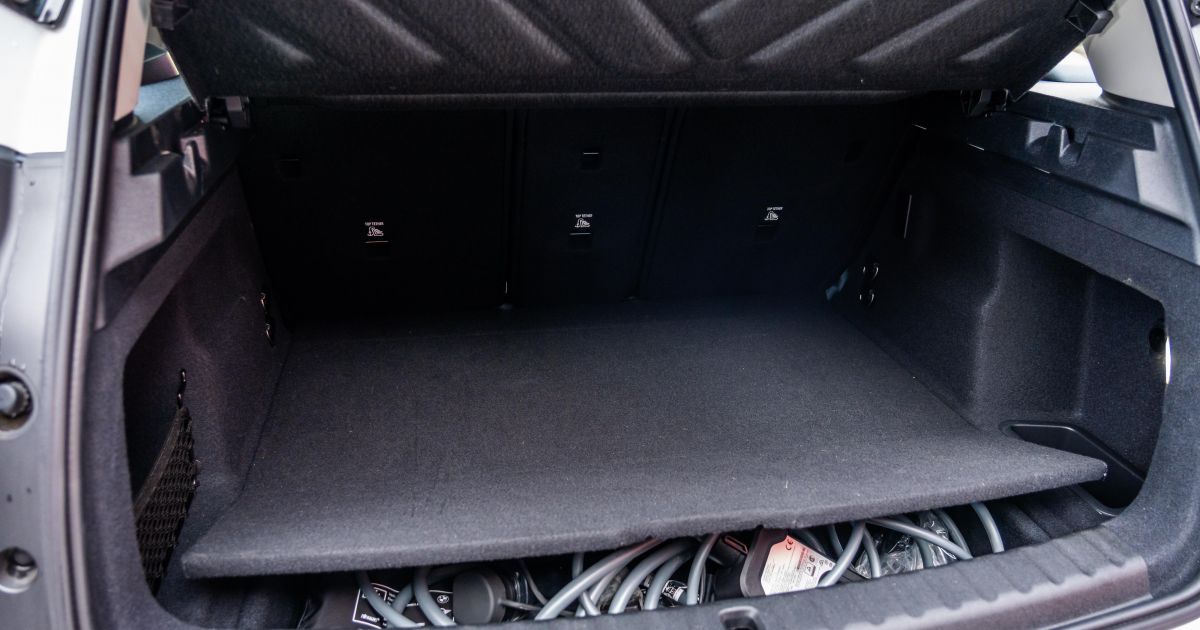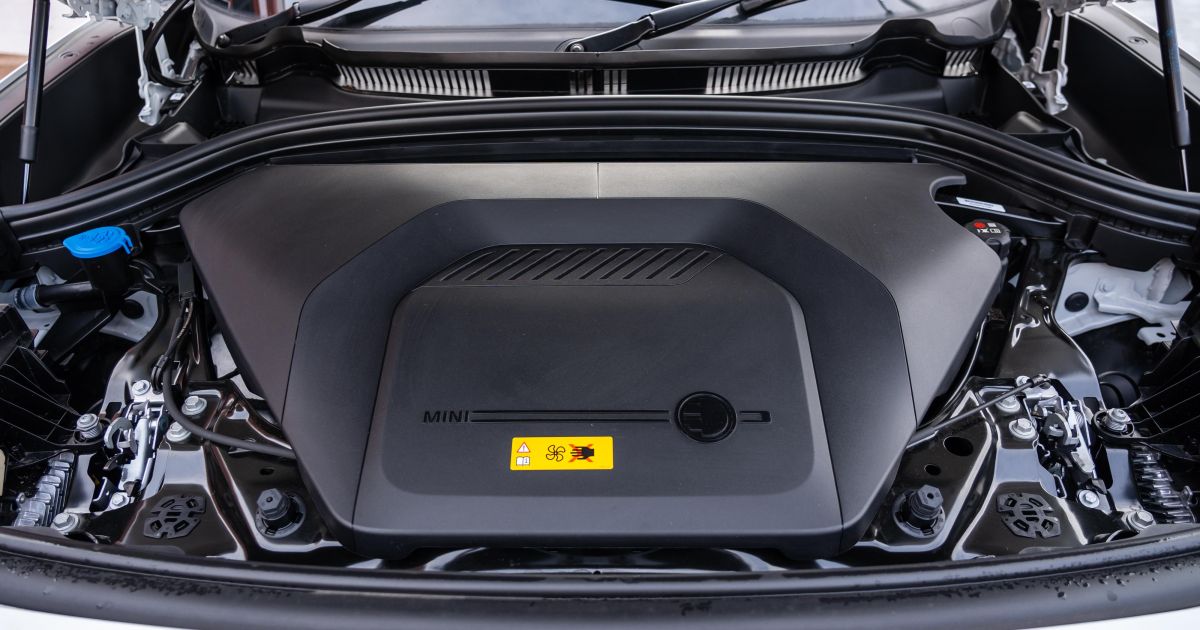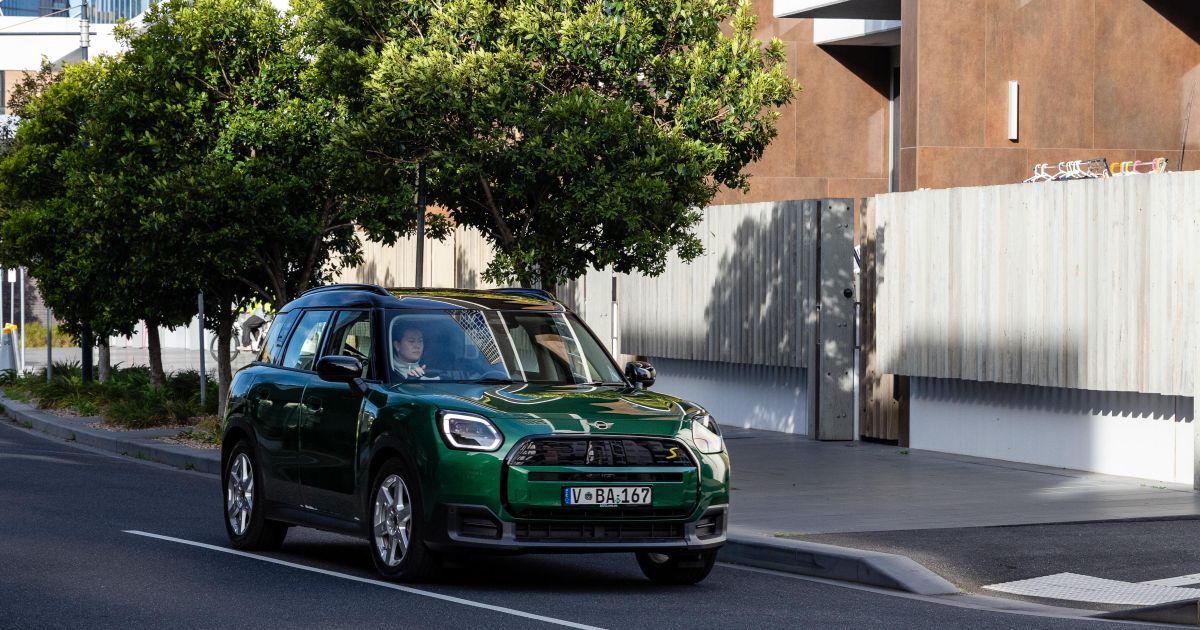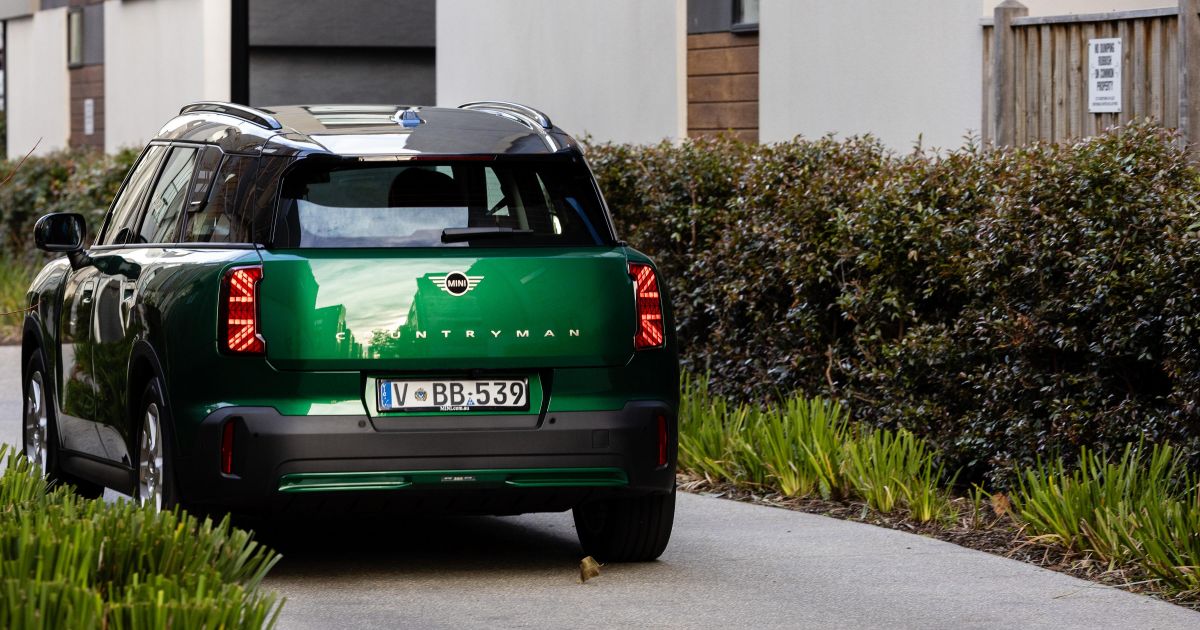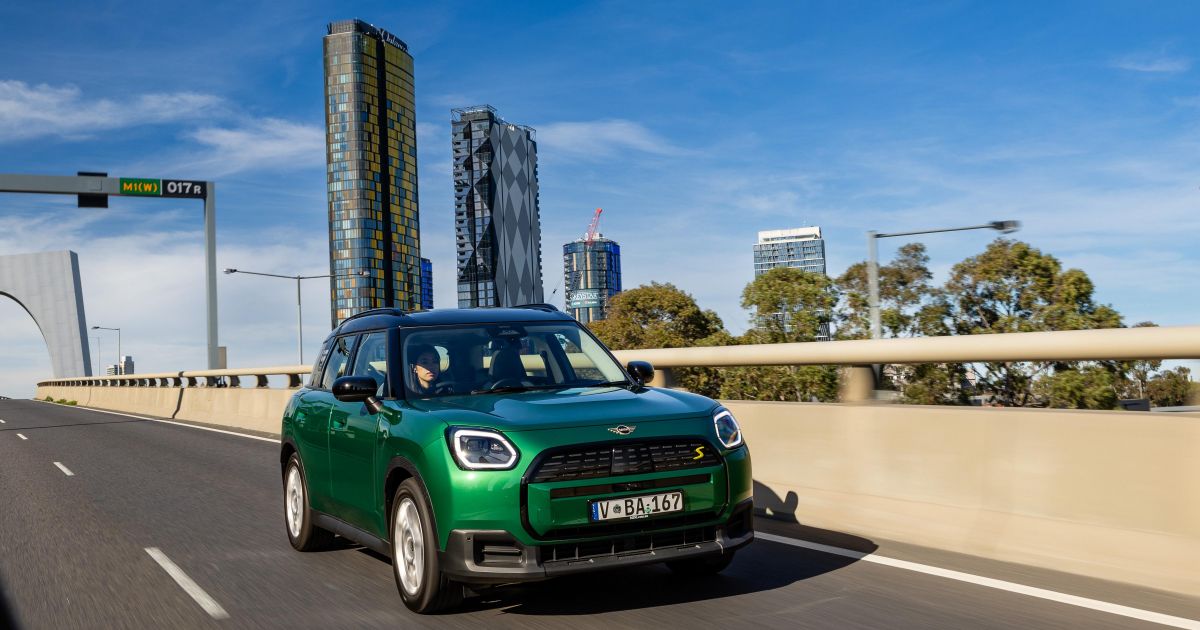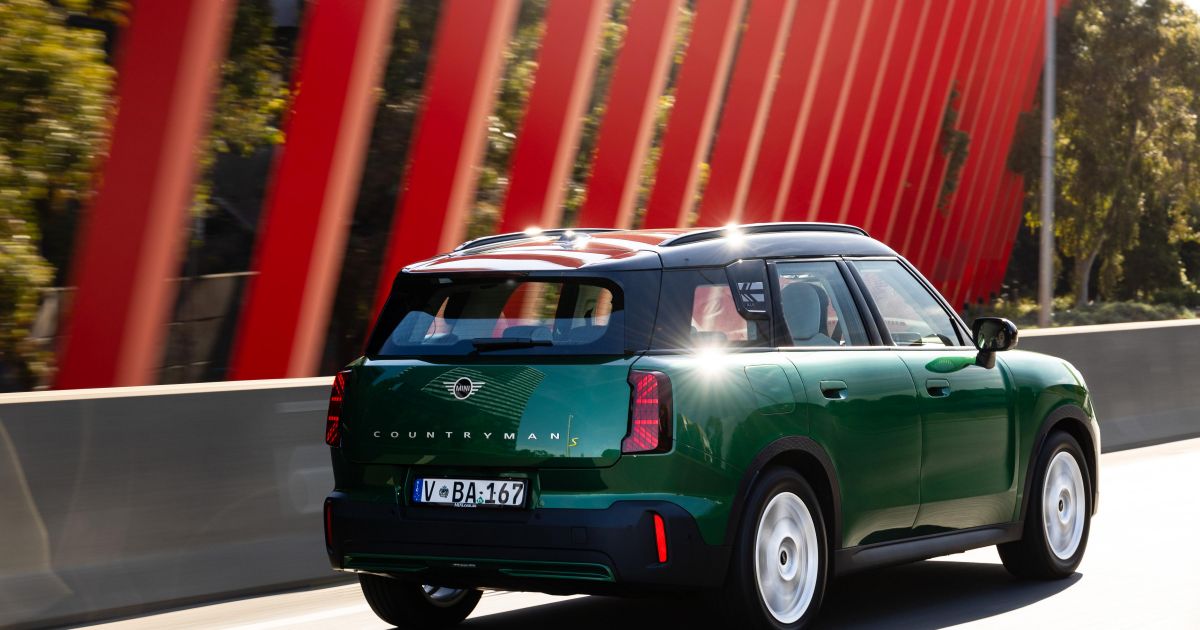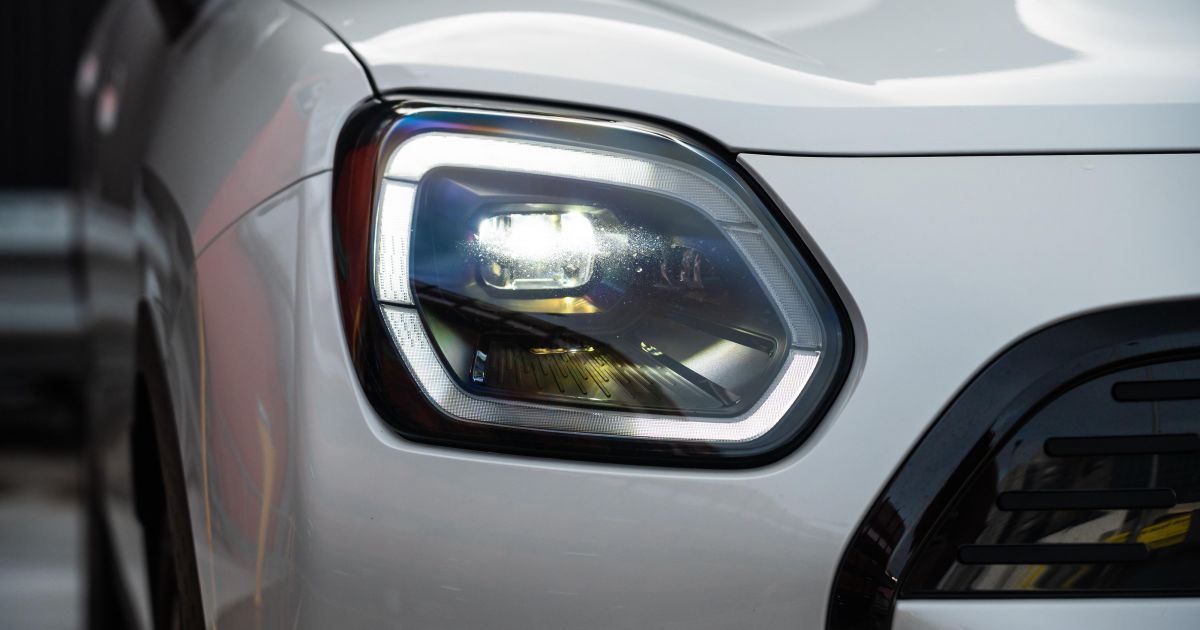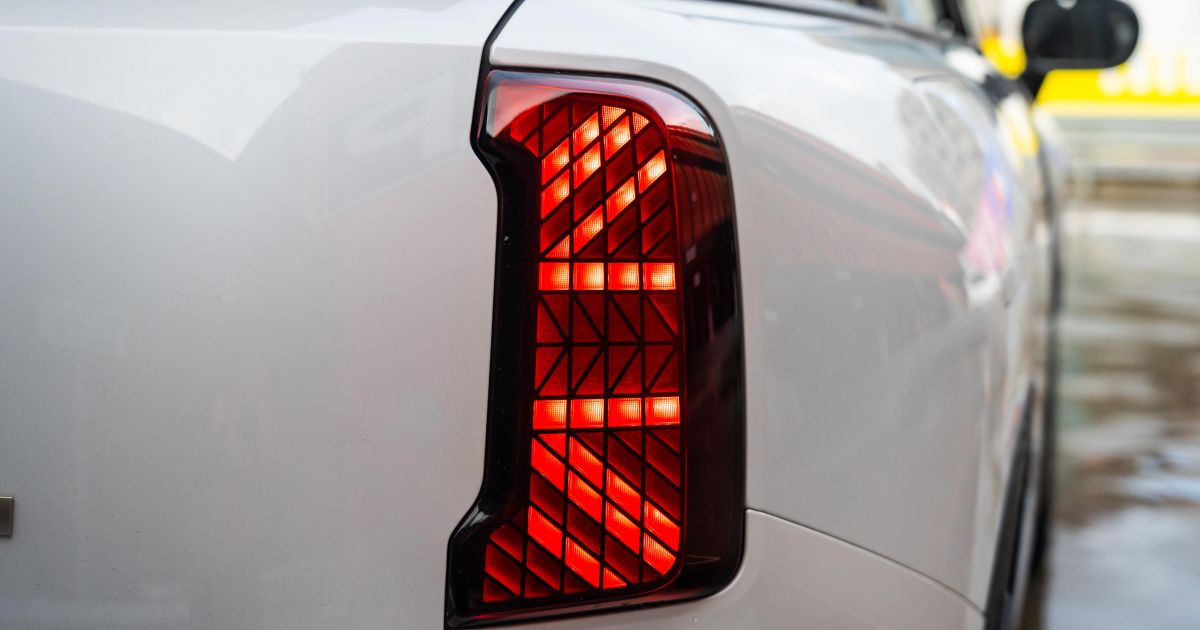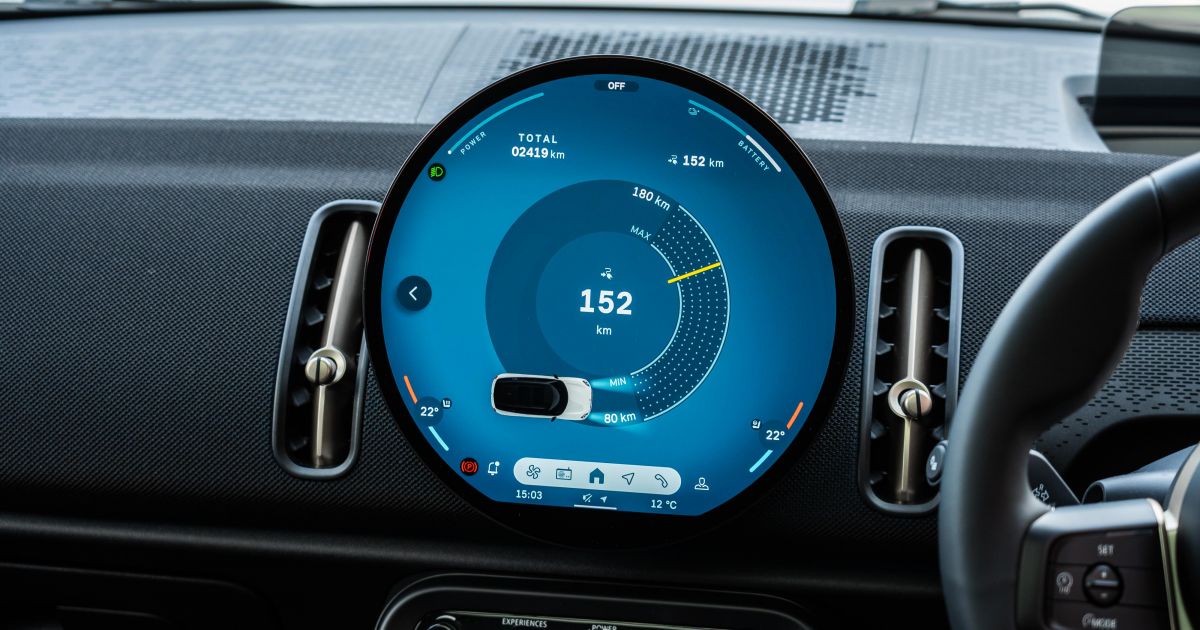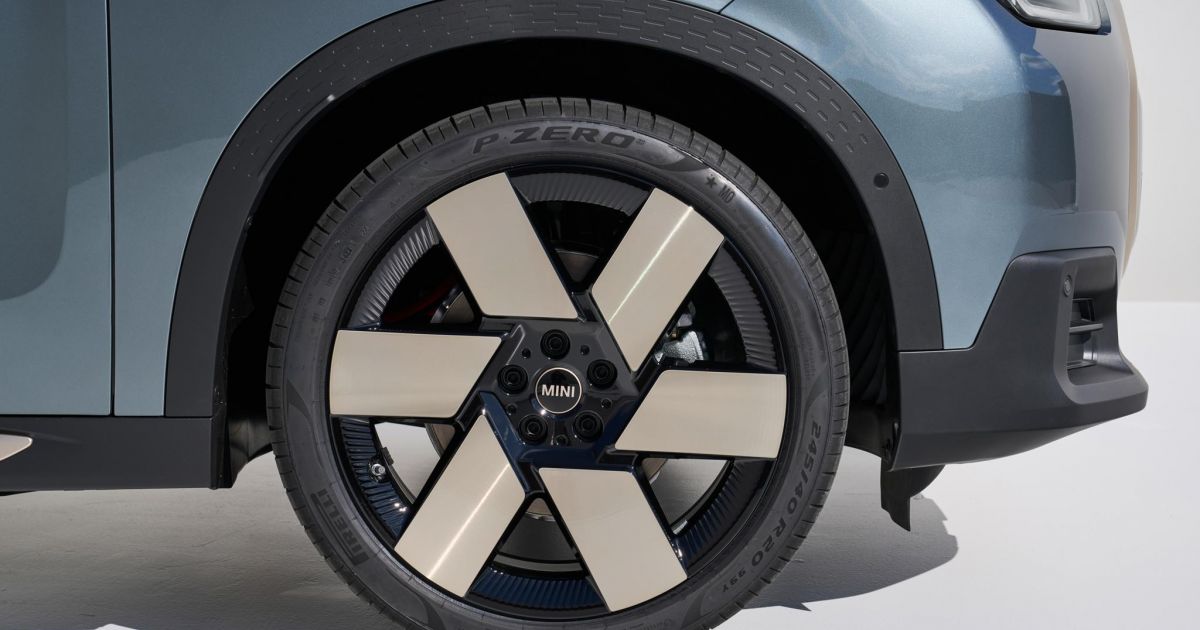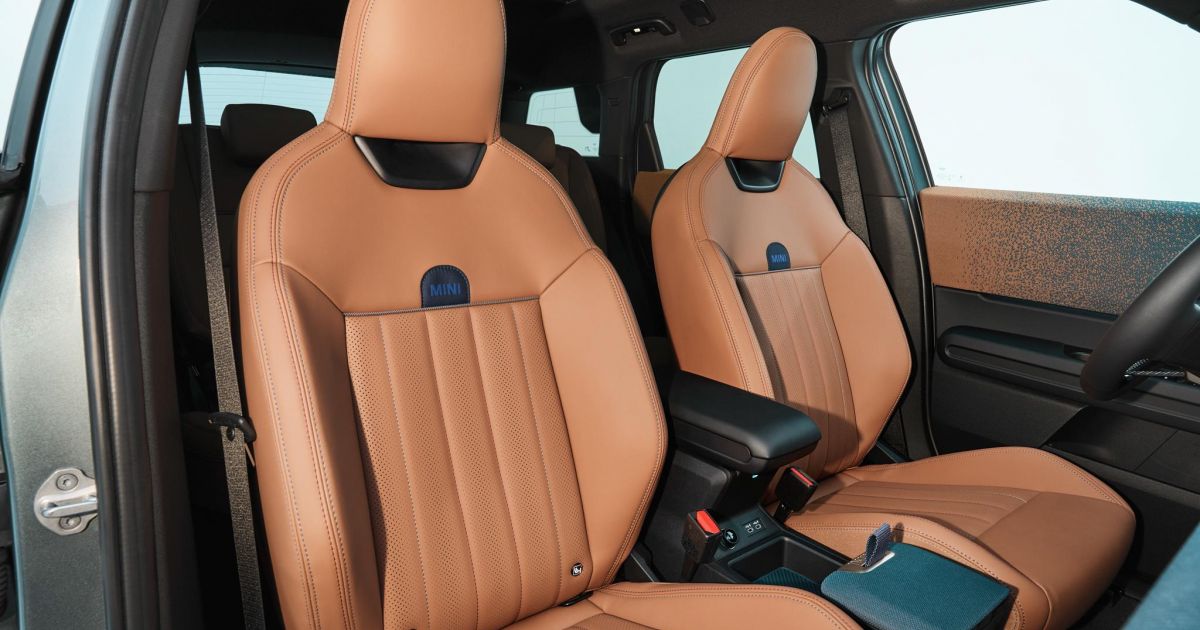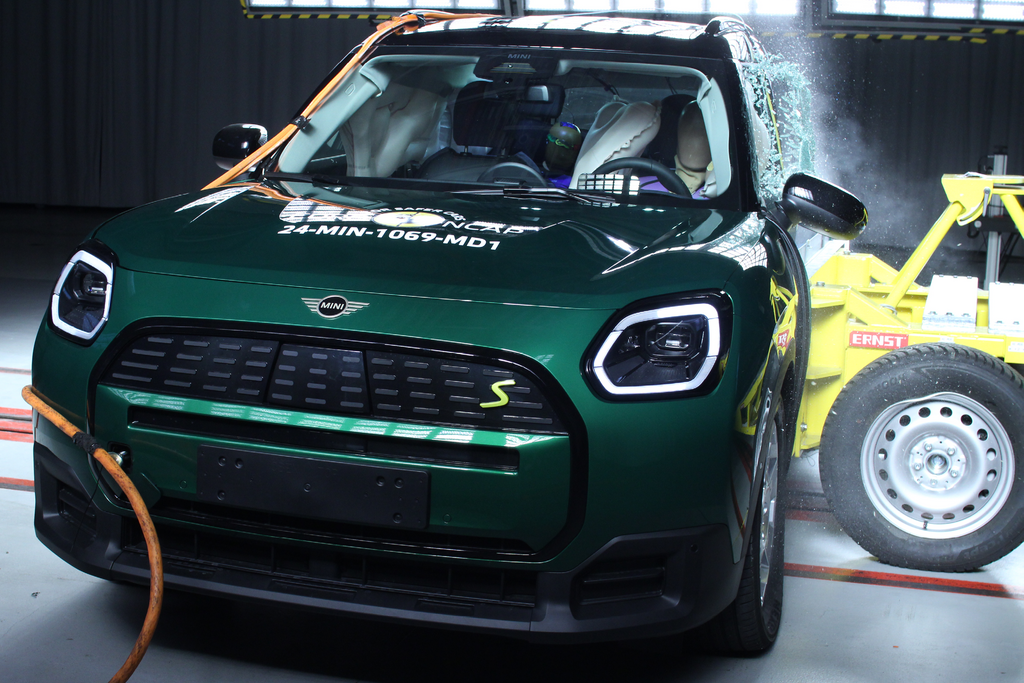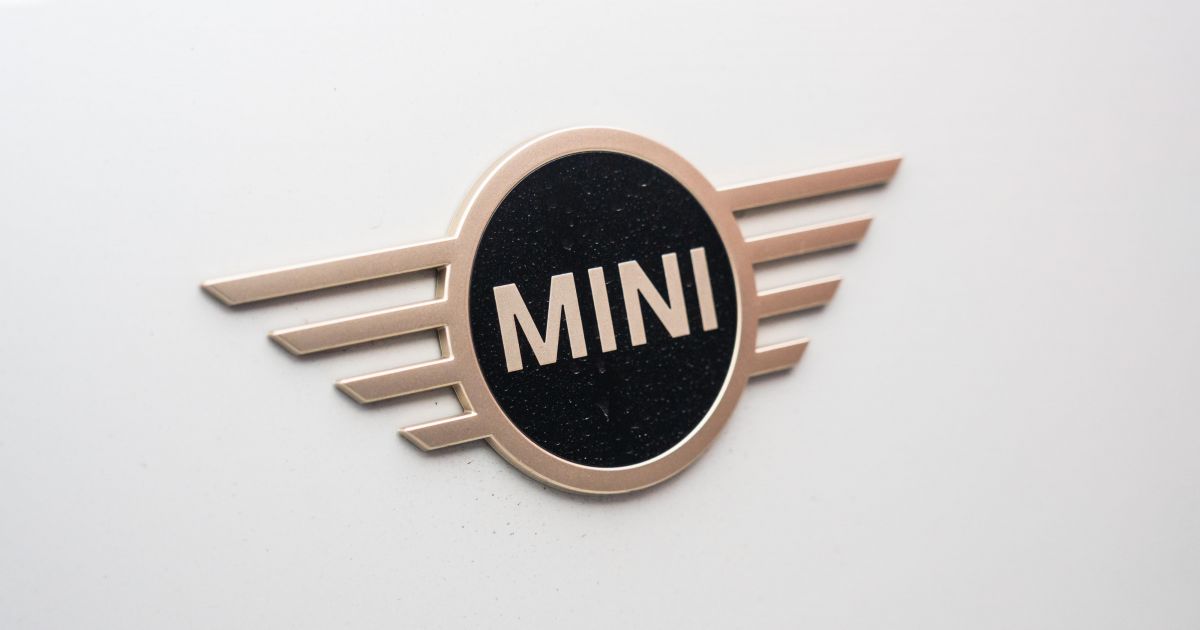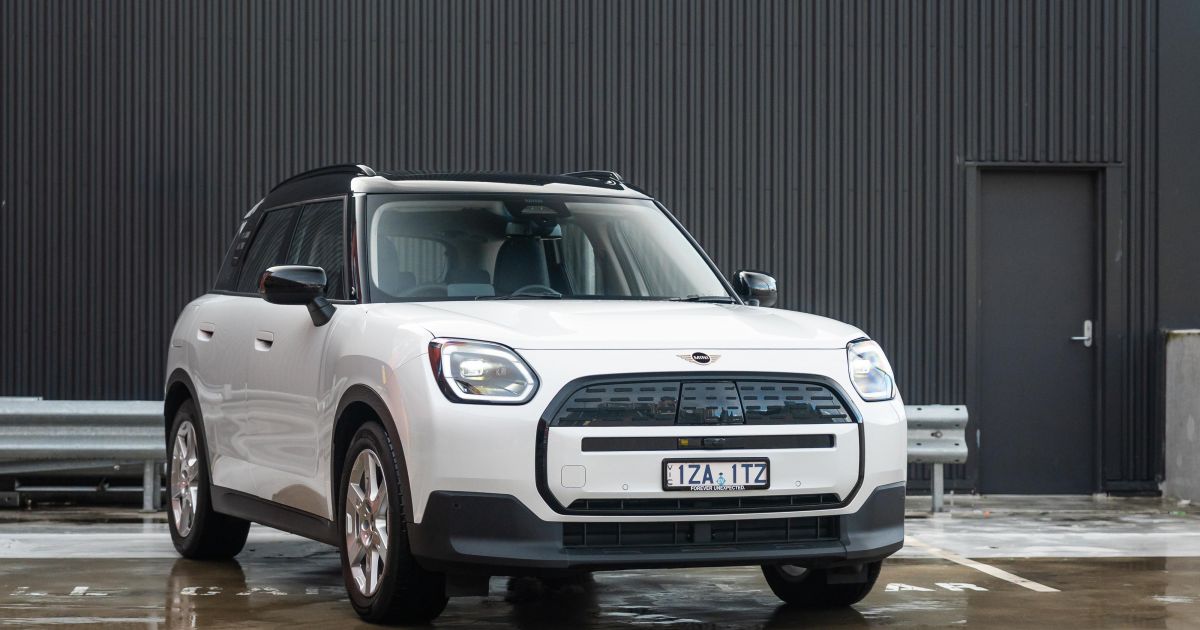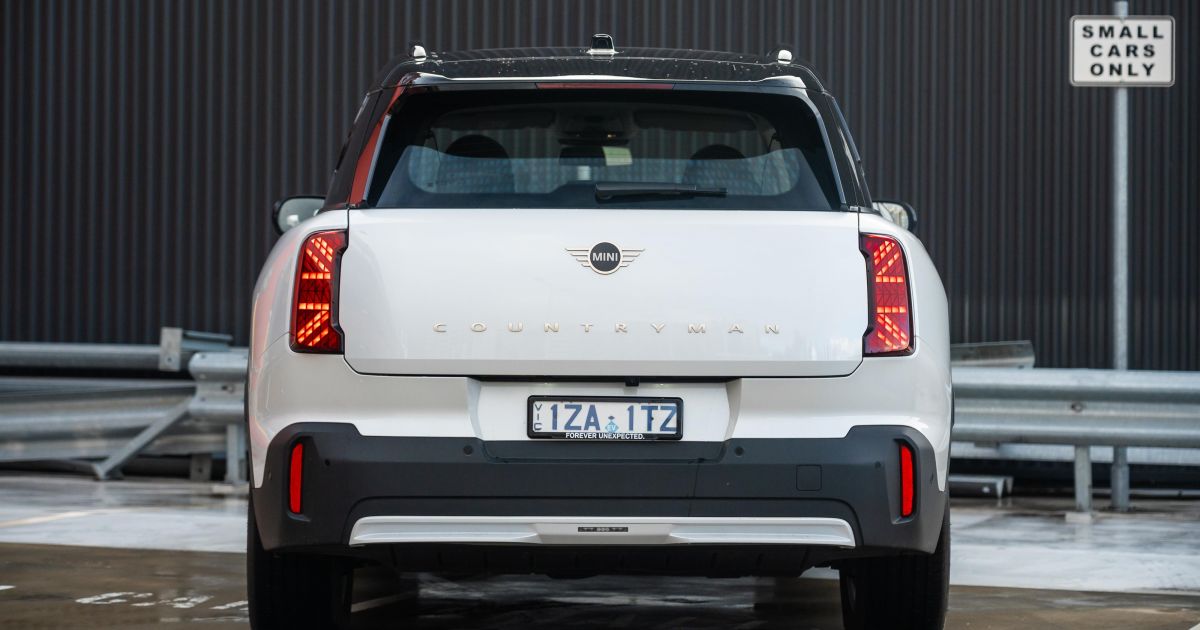It’s been just one year since the new Mini Countryman Electric landed in Australia, but plenty has changed in that short timeframe.
The market for small electric SUVs has always been niche, but that hasn’t stopped manufacturers from lobbing their latest battery-powered creations on our shores, with several fresh models arriving from all corners of the globe over the last 12 months.
First there was the Kia EV3 from Korea, then came America’s challenger – the Jeep Avenger. Finally, Chinese carmaker Zeekr launched the X, rounding out a diverse group of new EVs.
And just like that, Mini has a fight on its hands. At this early stage, it’s a fight that’s well and truly in the balance. New car buyers have gravitated towards the EV3 (1153 sales) over the first six months of 2025, while Zeekr (384) and Jeep (47) haven’t had the same luck with their little electric runabouts.
Mini doesn’t separate petrol and electric Countryman sales, but it’d be safe to assume that less than half of the 1135 examples sold were EVs. That’d leave the Countryman Electric sitting somewhere in the middle of the segment, behind the EV3 and Volvo EX30, but ahead of other small players.
Is that a fair reflection of the quality of the product, despite its solid BMW iX1 roots? Or does the largest Mini ever built deserve a bigger following to match?
We spent time behind the wheel of both the Countryman E and SE with this question in mind, but will mostly base our conclusions on the cheaper, single-motor variants.
How much does the Mini Countryman cost?
Pricing for electric versions of the Countryman starts from $64,990 before on-road costs, and tops out at $77,990 before on-roads.
| Model | Price before on-road costs |
|---|---|
| Mini Countryman C | |
| 2024 Mini Countryman C Core | $49,990 |
| 2024 Mini Countryman C Classic | $52,990 |
| 2024 Mini Countryman C Favoured | $55,990 |
| Mini Countryman S All4 | |
| 2024 Mini Countryman S Classic All4 | $58,990 |
| 2024 Mini Countryman S Favoured All4 | $61,990 |
| 2024 Mini Countryman S JCW Sport All4 | $63,990 |
| Mini Countryman E | |
| 2024 Mini Countryman E Core | $64,990 |
| 2024 Mini Countryman E Classic | $67,990 |
| 2024 Mini Countryman E Favoured | $70,990 |
| Mini John Cooper Works Countryman All4 | |
| 2024 Mini JCW Countryman Core All4 | $67,990 |
| 2024 Mini JCW Countryman Classic All4 | $70,990 |
| 2024 Mini JCW Countryman Favoured All4 | $73,990 |
| Mini Countryman SE All4 | |
| 2024 Mini Countryman SE Classic All4 | $72,990 |
| 2024 Mini Countryman SE Favoured All4 | $75,990 |
| 2024 Mini Countryman SE JCW Sport All4 | $77,990 |
The electric range largely mirrors that of the turbo-petrol Countryman, albeit with a $14,000 to $15,000 premium.
Our test vehicles for this review were the Countryman E Classic and Countryman SE Favoured, priced at $67,990 before on-road costs and $75,990 plus on-roads, respectively.
To see how the Countryman stacks up against the competition, use our comparison tool
What is the Mini Countryman like on the inside?
Like other new Mini models, the Countryman Electric calls on fans of the badge to embrace the future, rather than live in the past.
That means learning to love 9.4-inch central OLED infotainment screen, which houses 90 per cent of key vehicle functions. Gone are the buttons and switches of yesteryear, bar a few physical controls reserved for the demisters, drive modes, audio volume, and ADAS settings.
Mini isn’t the first manufacturer to do this, indeed most are moving towards screen-heavy, button-light interior spaces. This de-cluttering has actually made many modern car cabins less user-friendly, but it makes more sense here.
After all, Mini has always championed a ‘less is more’ philosophy, and the tech in the new Countryman E is capable of doing the heavy lifting.
The aforementioned circular infotainment display is absolutely packed with useful features, from connected services to native navigation (with live charger data), a bespoke app store, voice control, and wireless smartphone mirroring. You’ll also find some less useful inclusions, like the ‘let’s celebrate’ animation.
A surplus of functionality doesn’t render the infotainment system difficult to navigate, either. It’s actually rather easy once you get used to the oddly-shaped screen, and all the menus load quickly.
Helpful shortcuts are pinned to the base of the screen, enabling single-press access to climate settings, smartphone mirroring, the home screen, and sat nav.
Better still, the countless apps are displayed in a straightforward grid layout, which is split into sub-categories.
To get the best out of Mini’s new infotainment system you need to set up a user profile. I found this out the hard way, as my wireless phone connection was forgotten after each drive in guest mode.
It’s worth taking the time to fully acquaint yourself with the ins and outs of the Countryman’s control centre, not that you have much of a choice.
Visually, the screen stuns with bright, vivid colours and crystal clear graphics. There’s a litany of Mini Experience modes that come with their own look and feel as well as silly sounds to signify their activation, my favourite being the retro ‘Timeless’ experience that pays homage to the original Mini.
Curiously, the outstanding infotainment offering is supported by a rather dinky little flip-up head-up display. That’s right, no gauges in sight.
A crisp standard audio system makes up for that to some extent, and Mini will happily sell you an upgraded set of Harmon/Kardon speakers.
Just as the tech in the new Countryman Electric commands attention, the cabin design and materials are equally eye-catching.
Our base E tester came trimmed in a mix of woven fabric, black leatherette and textured plastic, not to mention the array of quirky accents littered throughout the interior.
It’s a fun space to spend your time in, even in this drab colour scheme. By contrast, the SE we drove presented with a vibrant blue interior that elevated the space even further. If you’re going to buy a Mini, you might as well take advantage of the plentiful customisation on offer.
There’s substance to go with the style, too. The front seats are plush enough to be comfortable over long journeys, and there are padded elbow rests on either side.
Speaking of padding, the steering wheel is an uber-chunky BMW item with pronounced thumb grips, and a fetching fabric bottom spoke. Both the front pews and steering wheel are heated as standard, although you’ll have to step up to the SE for electric seat adjustment.
Practicality and Mini generally don’t belong in the same sentence, but there’s a reasonable amount of storage space on offer up front. The door bins are wider than expected, but there’s no traditional centre console, which has instead been replaced by a cute little box next to your left knee.
A pair of trays below the centre stack exist for the safe keeping of mobile devices, one of which doubles as a wireless charging pad. Other charging options include dual USB-C outlets and a 12V socket under the centre armrest.
Moving back to the second row, it’s immediately clear that the Countryman Electric is the most spacious Mini to date.
Don’t get me wrong, this is still a small SUV, but it’s easily the best option for rusted-on Mini devotees needing a family-friendly runabout.
At six-one, I was able to squeeze in behind my driving position, a process that was helped by rear doors that open wider than most. Headroom becomes an issue for those topping six-two, but even then the seats are comfortable and variants with the sunroof let in plenty of natural light.
All the basic amenities are accounted for, including map pockets, a fold-down armrest, dual air vents, twin USB-C outlets, and split door bins. That’s more than you get in the Avenger and EX30.
The Countryman Electric also features the requisite ISOFIX and top tether points to keep child seats secure.
Families will also rejoice at the 460 litres of boot space – a class-leading figure. The cargo bay is wide, flat and easily accessible via a standard powered tailgate.
Should that not be enough, the rear bench folds in 40/20/40 fashion to unlock a maximum of 1450L capacity. Charging cables can be stored under the boot floor.
All versions of the Mini Countryman come with a tyre repair kit in place of a spare wheel.
| Dimensions | Mini Countryman Electric |
|---|---|
| Length | 4445mm |
| Width | 1843mm |
| Height | 1635mm |
| Wheelbase | 2692mm |
| Cargo capacity | 460-1450L |
To see how the Countryman stacks up against the competition, use our comparison tool
What’s under the bonnet?
The Mini Countryman E is powered by a single electric motor driving the front wheels, while the SE gains a rear electric motor for all-wheel drive.
| Specifications | Mini Countryman E | Mini Countryman SE |
|---|---|---|
| Drivetrain | Single-motor electric | Dual-motor electric |
| Battery | 64kWh li-ion | 64kWh li-ion |
| Power | 150kW | 230kW |
| Torque | 250Nm | 494Nm |
| Drive type | Front-wheel drive | All-wheel drive |
| Weight | 1865kg | 2000kg |
| 0-100km/h (claimed) | 8.6 seconds | 5.6 seconds |
| Energy consumption (claimed) | 17.2kWh/100km | 18.3kWh/100km |
| Energy consumption (as tested) | 20.1kWh/100km | 20.6kWh/100km |
| Claimed range | 462km | 433km |
| Max AC charge rate | 22kW | 22kW |
| Max DC charge rate | 130kW | 130kW |
To see how the Countryman stacks up against the competition, use our comparison tool
How does the Mini Countryman drive?
In both E and SE form, the Countryman proves that electric SUVs can be fun to drive.
ABOVE: Countryman SE All4
And that’s especially true in the city, where the Countryman absolutely thrives. Despite weighing in at around two tonnes, this not-so-mini-Mini feels appropriately agile and keen to be driven with enthusiasm, particularly in the sporty ‘Go-Kart’ drive mode.
But unlike its Cooper and Aceman stablemates, the Countryman sports a compliant ride that doesn’t punish the driver for enjoying themself. The former two can be harsh and exhausting over even relatively smooth tarmac, while the Countryman is firm but forgiving.
It’s certainly not floaty though – the Countryman Electric still feels like a Mini to drive, striking a sweet balance that sees it stand out from less feel-some vehicles in this segment.
The steering is light but not concerningly so, the throttle pedal is progressive, and the brake pedal is short but predictable.
Regenerative braking serves as an alternative to the left pedal, but I found the system to be a little jarring – letting off the accelerator cues a brief coasting period before regen kicks in very abruptly.
It’s a different story when it comes to picking up speed, as both powertrains are silky smooth.
The Countryman E produces 150kW and 250Nm from a single electric motor driving the front wheels, while the SE packs dual electric motors that send 230kW and 494Nm to all four wheels.
Many are likely to be tempted by the extra punch and grip offered by the SE, but I’d argue that the single-motor setup better suits the Mini ethos.
The base E has just enough pulling power to feel brisk, but not enough to overwhelm the front wheels. There’s a pronounced wave of instant electric torque from a standstill up to about 50km/h, and enough go for a 0-100km/h sprint in 8.6 seconds.
Meanwhile, the SE properly pins you back in the seat at full throttle, and pulls more confidently to highway speeds. All-wheel drive also helps to put the extra power down in imperfect conditions.
Is that worth the extra $5000 outlay? It seems like a good deal, but I’d happily settle for the E.
Depending on your driving style – enthusiastic or relaxed – you can choose to run with Mini’s synthesised powertrain soundscape on or off. That’s for the best, as the spaceship noises won’t be for everyone.
With Mini Sound switched off, electric versions of the Countryman run in silence, free of any pronounced motor whine.
However, that silence is broken once you get out on the highway. Road noise creeps in at triple-figure speeds – a common trait in smaller SUVs.
But unlike some competitors, the Countryman boasts driver assist systems that actually assist rather than annoy. The semi-autonomous driving tech (standard from Classic up) is easy to use, and I never felt the need to intervene when it was active.
Classic versions also get handy surround-view cameras with Parking Assistant Plus, not that the Countryman lacks visibility or is big enough to really need them.
To see how the Countryman stacks up against the competition, use our comparison tool
What do you get?
The electric Countryman range comprises four trim levels, simple right? Not particularly, as each trim grades also allows for plentiful customisation, as is the Mini way.
2025 Mini Countryman Core equipment highlights:
Driving Dynamics and Technology
- AC Charging Professional, 22kW
- Mode 3 and Mode 2 charging cables
- Electromechanical parking brake with Auto Hold
Exterior
- 4 x exterior paint options
- 3 x roof and mirror options
- 18-inch alloy wheels
- Asteroid Spoke Silver
Upholstery
- Grey/Blue Cloth/Vescin
- Black/Blue Cloth/Vescin
Infotainment
- Mini Connected Services
- DAB+ digital radio
- Head-up display
- Personal e-SIM with 5G
- 9.4-inch OLED central display
- Wireless Apple CarPlay, Android Auto
- Wireless phone charger
Comfort and Experience
- Adjustable, folding rear seats
- Dual-zone climate control incl. rear vents
- Auto tailgate with kick function
- Comfort access with Digital Key
- Luggage compartment net
- Mini Experience Modes
- Extended ambient lighting
- Steering wheel heating
- 4 x USB-C ports
- 2 x 12V ports
- Auto-dimming, folding exterior mirrors
- LED headlights
- LED daytime running lights
- Roof rails in Black
- Floor mats in Velour
- Sliding front armrest
Core Extras
- Cruise control
- Parking Assistant
- Front, rear parking sensors
- Rear camera
- 6 speaker, 100W sound system
- Sport seats
- Sport steering wheel
- Classic Trim Design Elements, Piano Black
- Classic Trim Interior Styling, Dark Blue/Black
Countryman Classic adds:
Exterior
- 7 x exterior paint options
- 3 x roof and mirror options
Classic Extras
- Adaptive cruise control
- Parking Assistant with Surround View
- Automatic Speed Limit Assistant
- Steering and Lane Control Assistant
- Interior camera
- Augmented Reality (AR) navigation
- Seat heating, front
- Panoramic glass sunroof
Countryman Favoured adds:
Exterior
- 9 x exterior paint options
- 3 x roof and mirror options (Countryman E)
- 4 x roof and mirror options (Countryman SE)
- 19-inch alloy wheels (Countryman E)
- Kaleido Spoke, Vibrant Silver/Black
- 20-inch alloy wheels (Countryman SE, $NCO)
- Windmill Spoke, Vibrant Silver/Black
Upholstery
- Beige Vescin
- Dark Petrol Vescin
- Vintage Brown Vescin
Favoured Extras
- Harman/Kardon premium sound system
- 12 speakers
- 365 Watts
- Panoramic glass sunroof
- John Cooper Works seats
- Active Seat Functions, driver
- Electric front seats with memory
- Sun protection glazing
- Headliner anthracite
JCW Sport adds:
Exterior
- 2 x Sport stripes options
- 19-inch alloy wheels
- Runway Spoke Black
- 20-inch alloy wheels ($NCO)
- Flag Spoke Silver/Black
Upholstery
- JCW Black Vescin/Cord
JCW Sport Extras:
- John Cooper Works steering wheel
- John Cooper Works exterior styling
- John Cooper Works interior styling, Black/Red
- John Cooper Works sport brakes
To see how the Countryman stacks up against the competition, use our comparison tool
Is the Mini Countryman safe?
All variants of the Mini Countryman were awarded a full five-star ANCAP safety rating last year.
| Category | Mini Countryman |
|---|---|
| Adult occupant protection | 83 per cent |
| Child occupant protection | 86 per cent |
| Vulnerable road user protection | 81 per cent |
| Safety assist | 83 per cent |
Countryman E standard safety features:
- Autonomous emergency braking (AEB)
- Blind-spot monitoring
- Exit warning
- Rear cross-traffic alert
- Intelligent emergency call
- Rear collision prevention
- Front parking sensors
- Reversing camera
Countryman E Classic adds:
- Adaptive cruise control
- Parking assistant
- Surround-view camera
- Automatic speed limiter
- Interior camera
- Drive recorder
To see how the Countryman stacks up against the competition, use our comparison tool
How much does the Mini Countryman cost to run?
All Mini models are covered by a five-year, unlimited-kilometre warranty, with hybrid and electric vehicles also getting eight years of 100,000km of cover for the high-voltage battery.
| Servicing and Warranty | Mini Countryman E, SE |
|---|---|
| Warranty | 5 years, unlimited kilometres |
| Roadside assistance | 8 years, unlimited kilometres |
| Service intervals | Condition-based servicing |
| Capped price servicing | Up to 6 years |
| Average annual service cost | $292 |
| Total capped price service cost (6 years) | $1753 |
To see how the Countryman stacks up against the competition, use our comparison tool
CarExpert’s Take on the Mini Countryman Electric
I approached this review with a healthy level of skepticism, but have emerged with nothing but respect for the Countryman Electric.
It must be too big and heavy to drive like a proper Mini, I thought. Wrong. Surely it’s too expensive to represent decent value. Wrong again. If it rides anything like the Cooper or Aceman, instant pass… but it doesn’t.
Somehow, Mini has managed to capture everything we love about the brand and inject it into a more mature and practical package.
Better yet, it actually makes some semblance of financial sense. Hear me out here – the Countryman E Classic is priced nearly $13,000 lower than the entry-level BMW iX1, with which it shares identical underpinnings.
Other Countryman E and SE rivals offer better straight-line performance and driving range, but the Mini is aimed squarely at electric SUV buyers who actually value the experience of driving, corners and all.
Interested in buying a Mini Countryman? Let CarExpert find you the best deal here
Click the images for the full gallery

